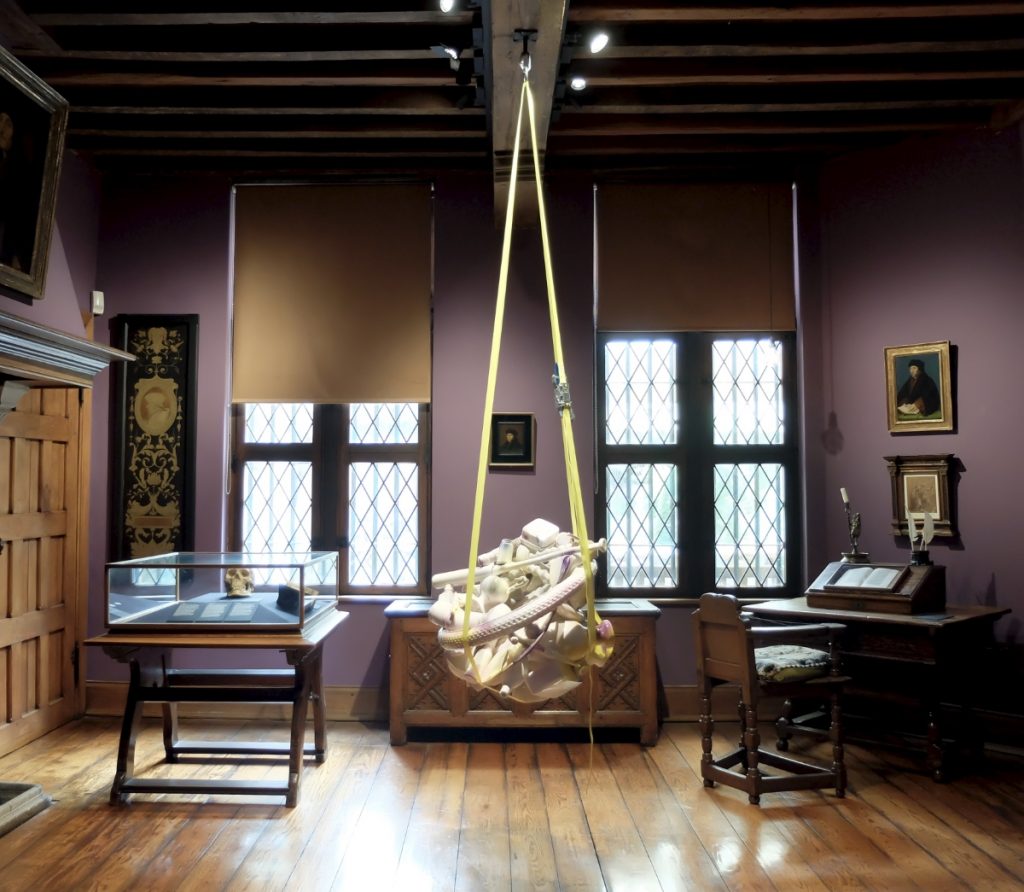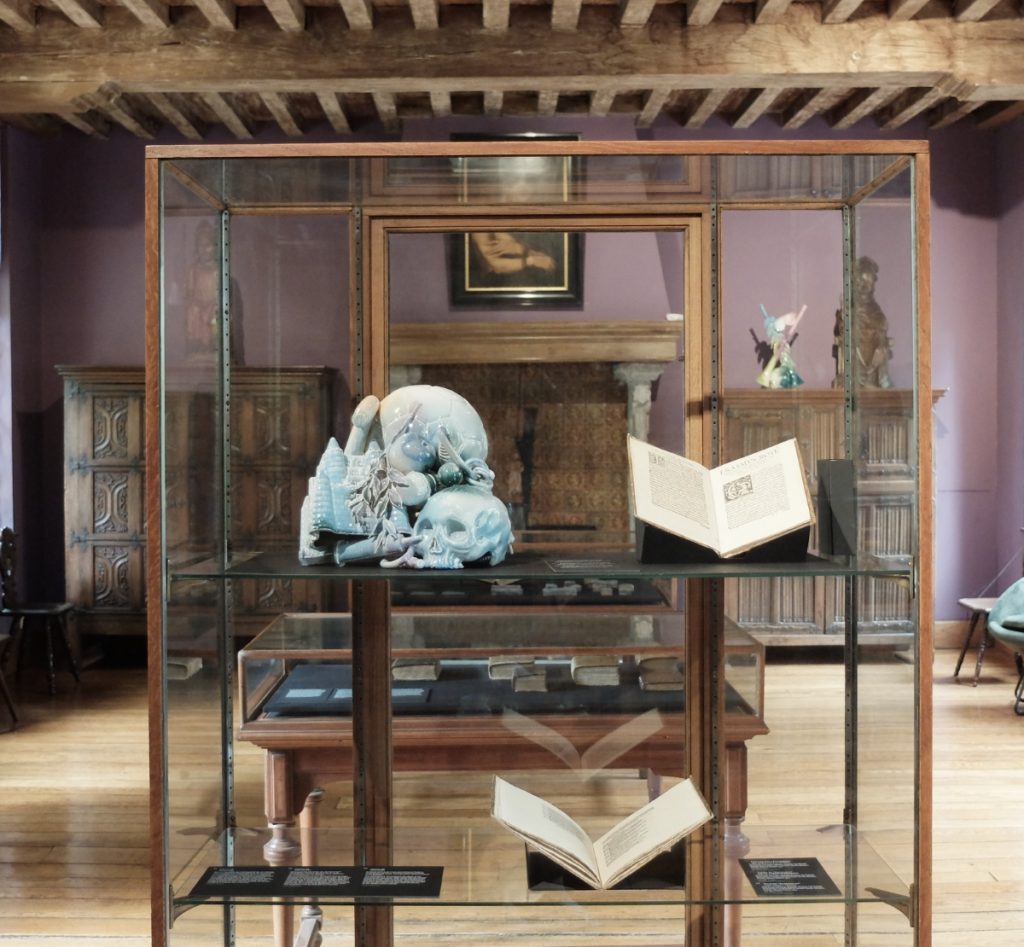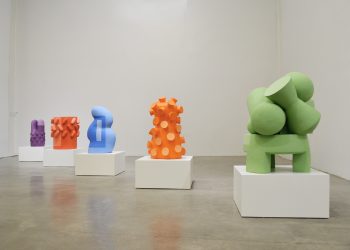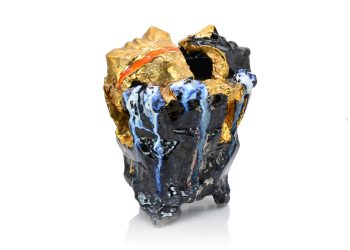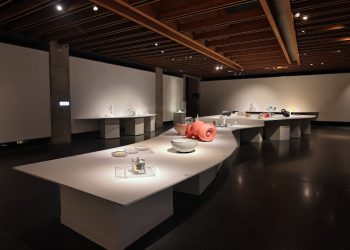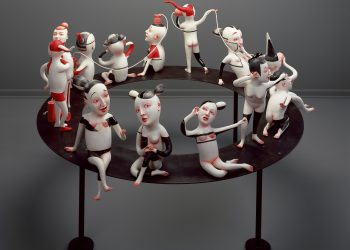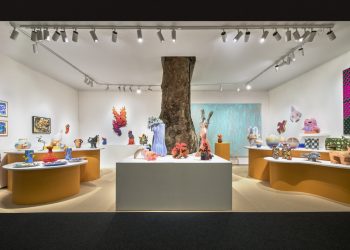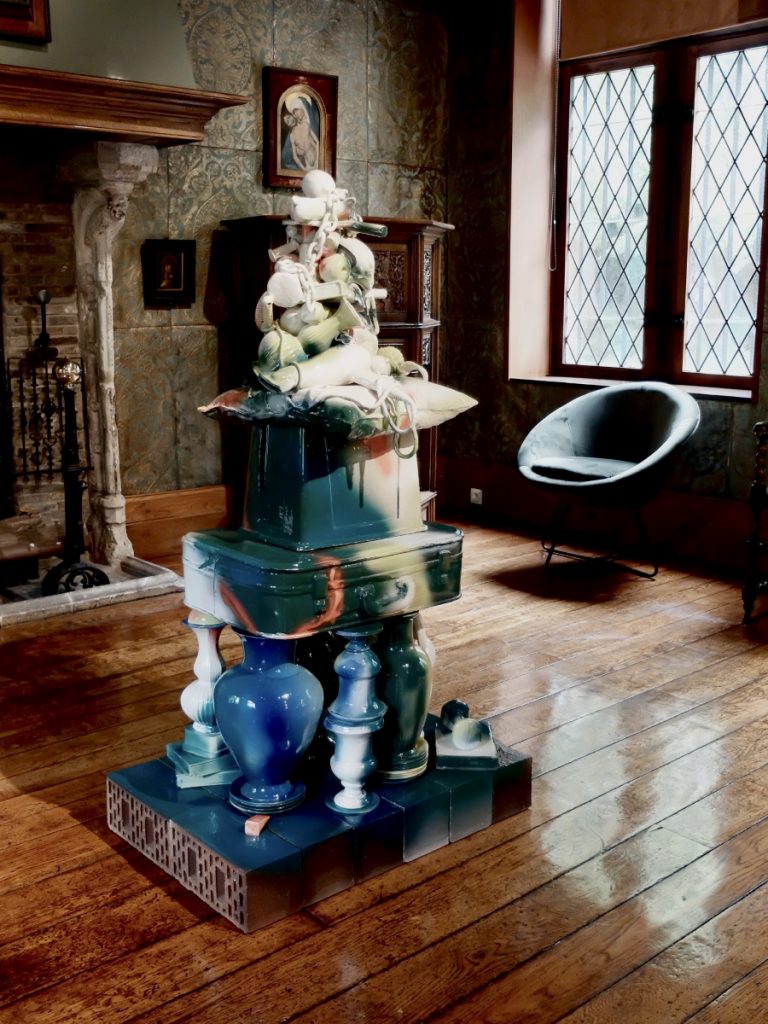
Installation view of Omnia Vanitas at The Erasmus House Museum and Beguinage 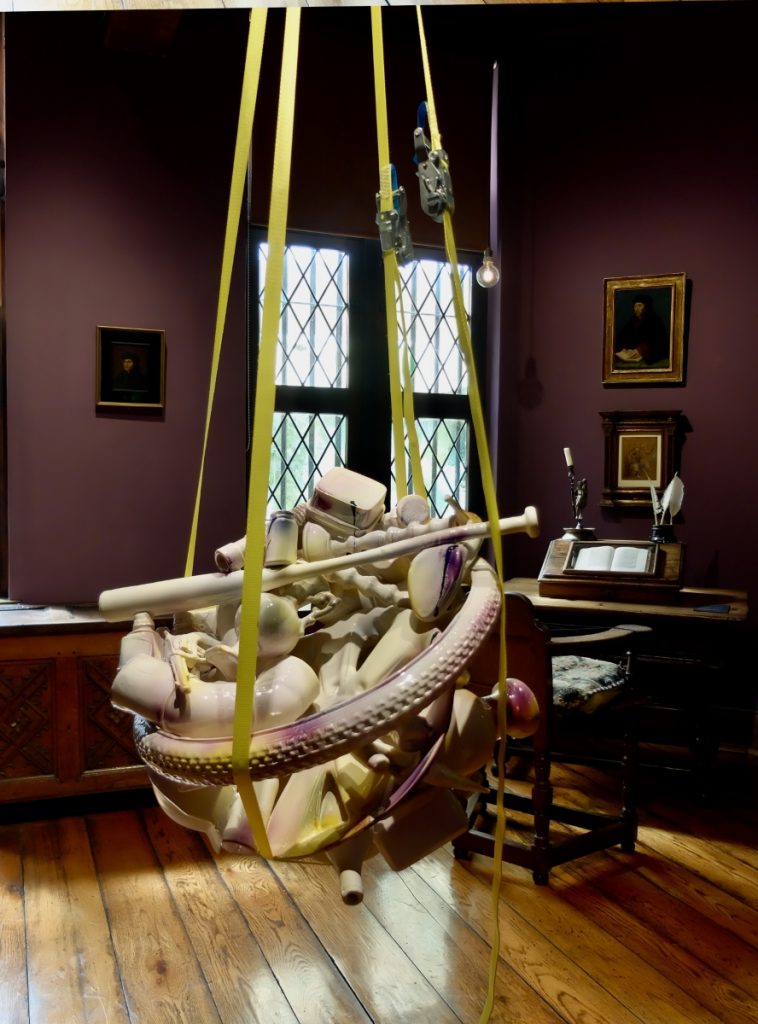
Installation view of Omnia Vanitas at The Erasmus House Museum and Beguinage 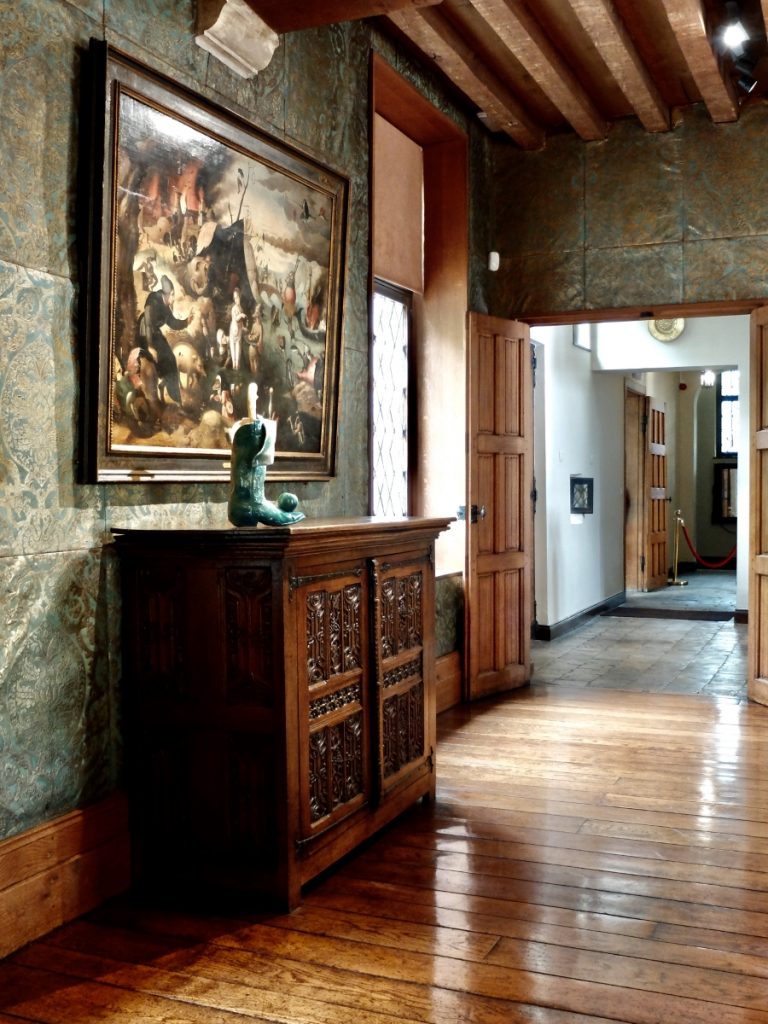
Installation view of Omnia Vanitas at The Erasmus House Museum and Beguinage 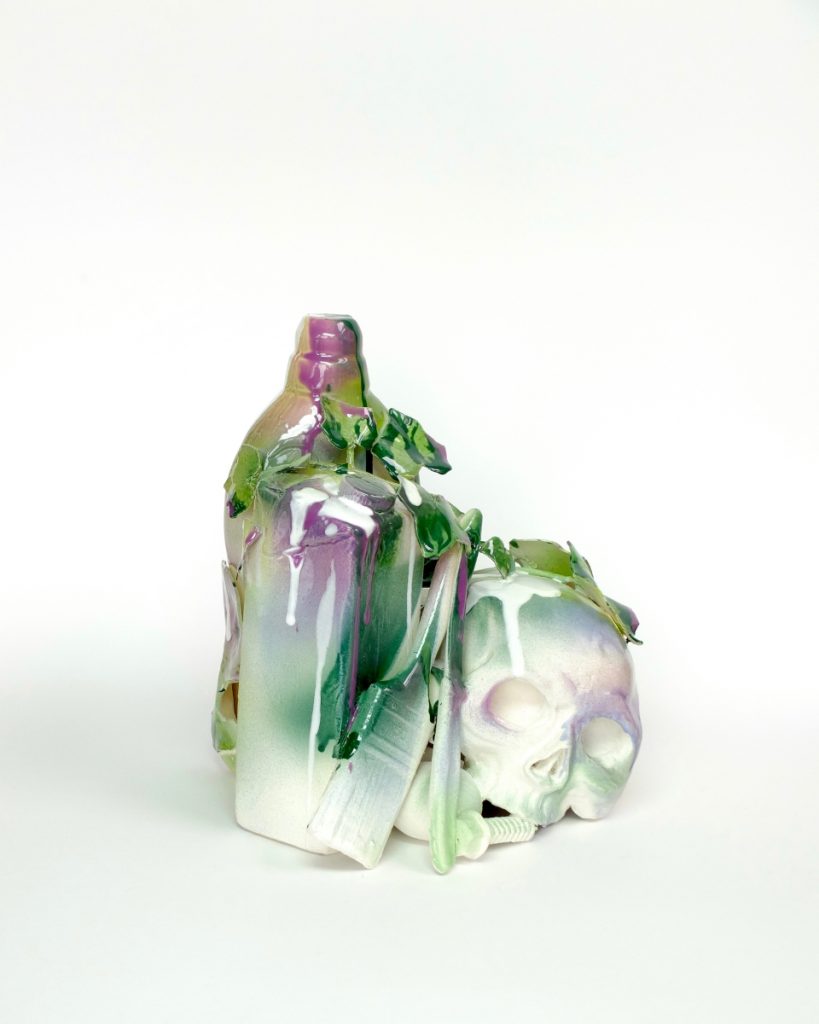
Eileen Cohen Süssholz, Do Me The Honour, 2020 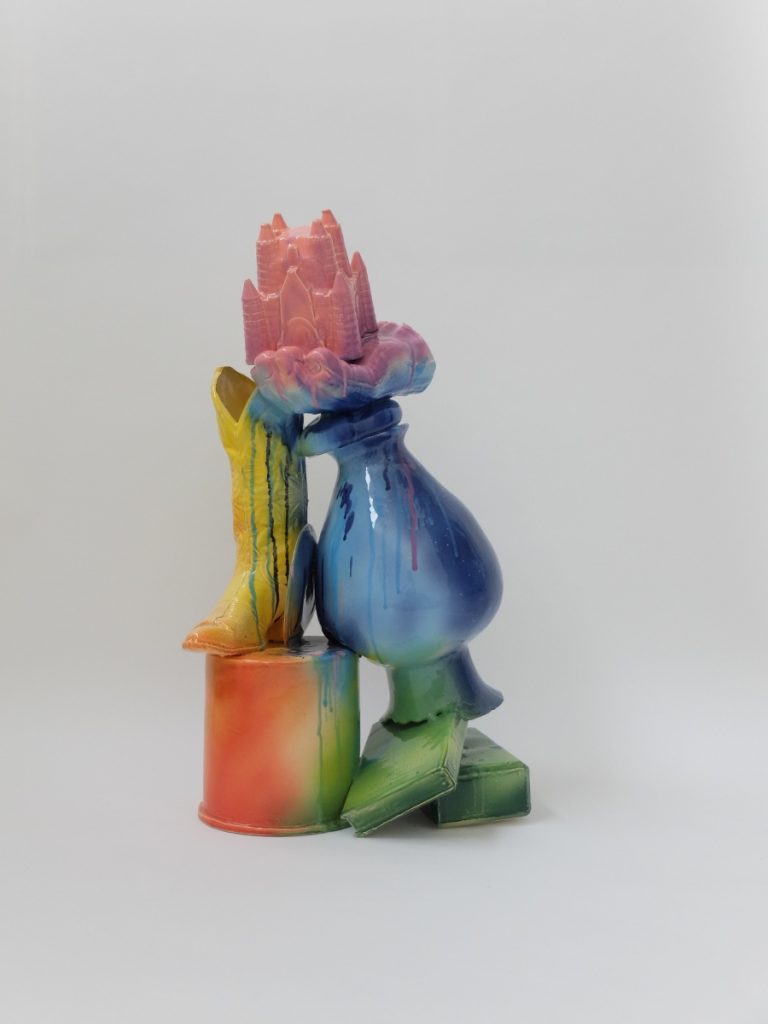
Eileen Cohen Süssholz, Fanlights of A Dream, 2019 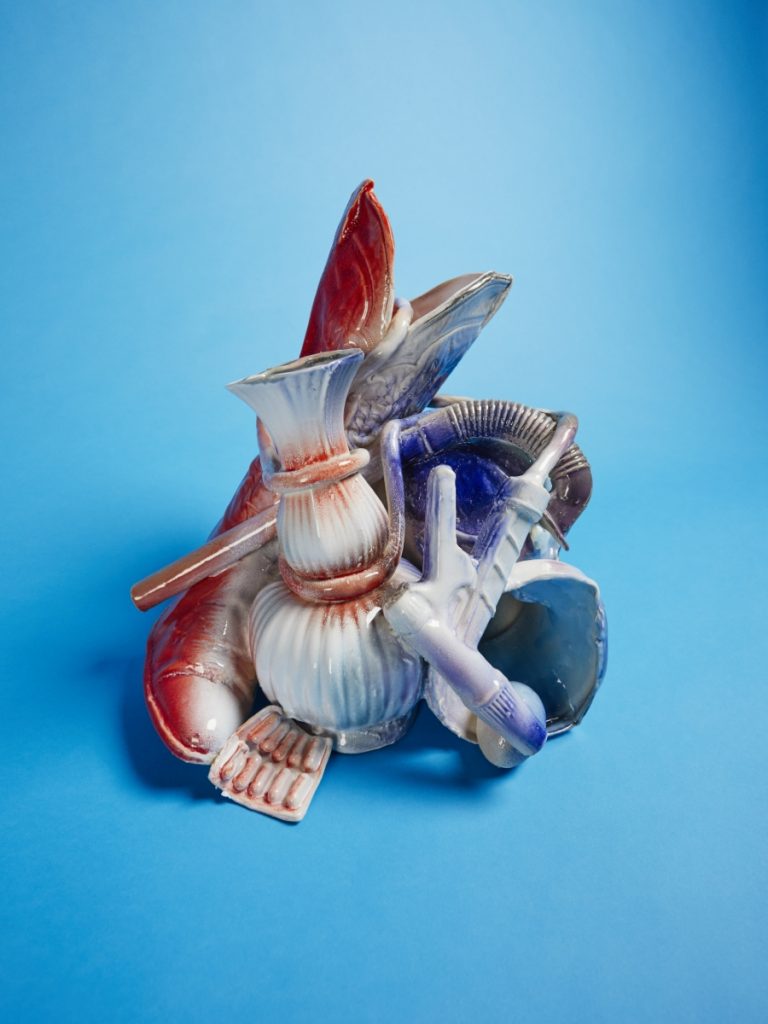
Eileen Cohen Süssholz, Immensements, 2018. Photo by Burp Photography 
Eileen Cohen Süssholz, Other Things, 2018. Photo by Burp Photography 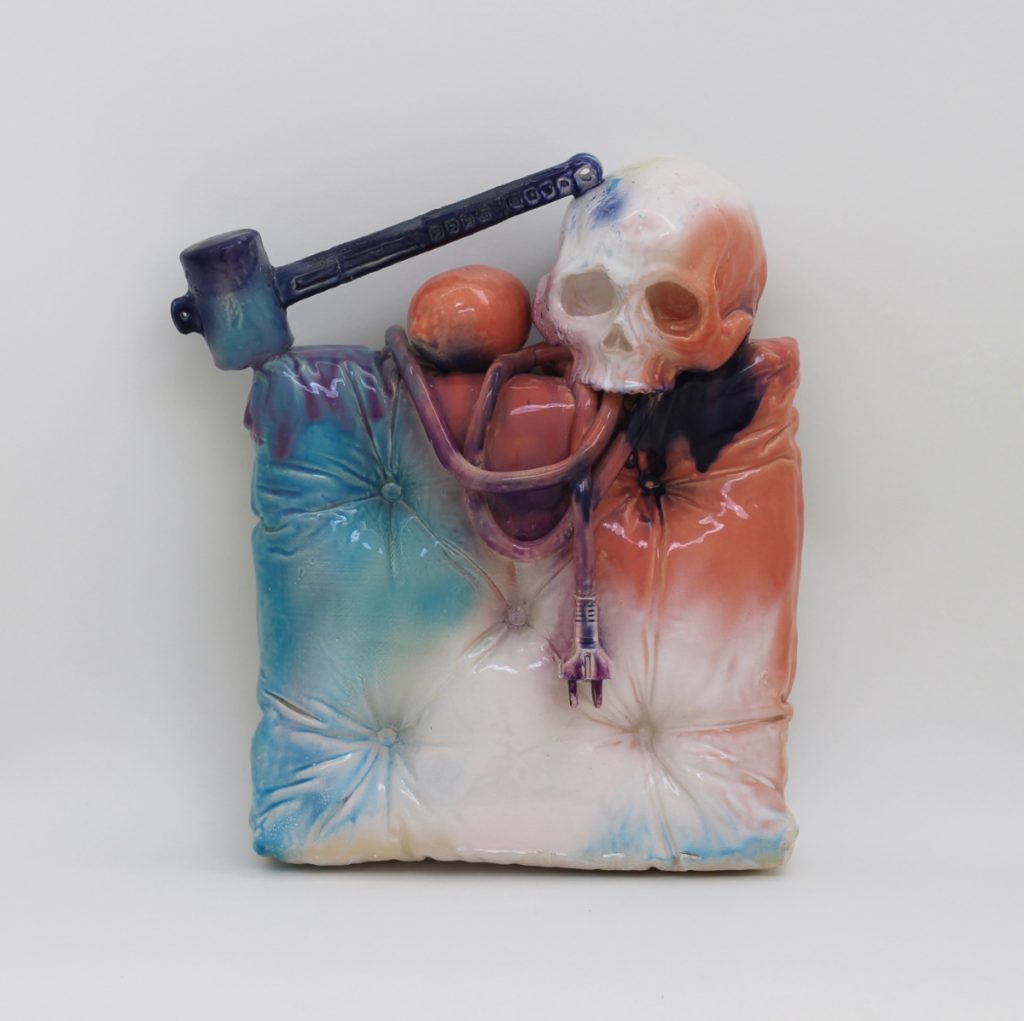
Eileen Cohen Süssholz, Intricate Rented World, 2017 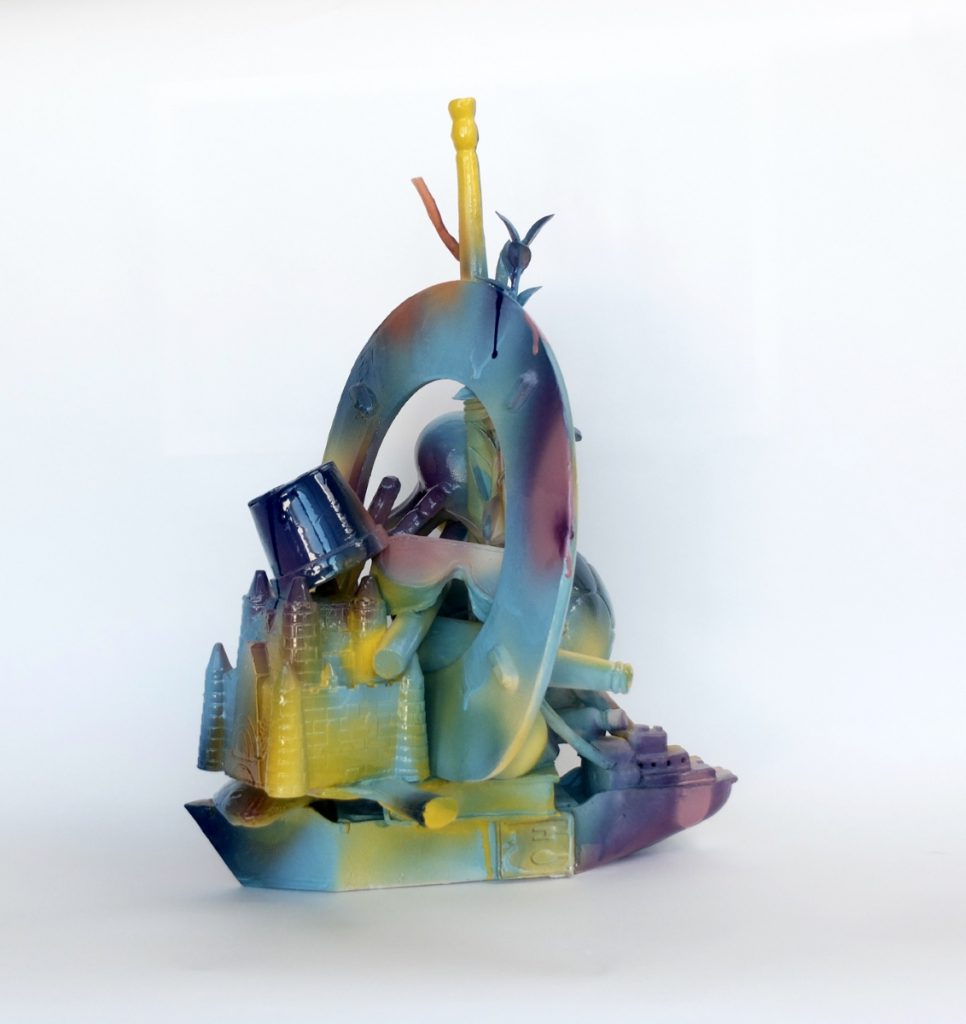
Eileen Cohen Süssholz, Stultifera Navis, 2020
Eileen Cohen Süssholz: Omnia Vanitas is on view through November 26 at the Erasmus House & Beguinage Museums, Brussels
June 25 – November 26, 2020
The Erasmus House Museum has a long tradition of exhibitions linked to contemporary art. The museum held its first temporary exhibition in its beautiful gardens in 1945. After that, open-air sculpture exhibitions were regular occurrences until 1996.
The garden became a permanent fixture of the contemporary art scene in 2000, as part of the ‘Brussels – European Cultural Capital’ calendar of events. Dubbed a ‘Philosophical Garden’, it now proposes a dialogue with the humanist’s thoughts through the artwork of internationally-renowned contemporary artists.
Today the museum is giving the ceramics of Eileen Cohen Süssholz the place of honour in an exhibition entitled Omnia Vanitas. This latest exhibition continues, in a singular and resolutely modern way, the thinking that began with the 2008 exhibition.
Memento mori [remember that you will die], the timeless, universal theme tackled in this exhibition, reminds us straight off how fragile life is and echoes Erasmus’s life and the power of his work, despite his fragile health. Erasmus wore a ring known as a memento mori. This ring was set with a small, carved stone representing the god Terminus, symbolizing death. However, for Erasmus, the presence of death was an invitation not to forget our allotted time on Earth. This attitude seems to resonate with the major upheavals that we are currently experiencing.
Eileen Cohen Süssholz’s sculptures take their place in this house devoted to the life and work of Erasmus in a series of tête-à-têtes with a medieval painting, a multi-period piece of furniture, a Gothic sculpture, and even a 16th-century book. They question, in an ironic, unconventional way, the themes of earthly pleasures and death that are human fundamentals.
Omnia Vanitas
A drainpipe, tuba, hair dryer, and knife are but a few of the everyday objects associated with highly symbolic representations borrowed from traditional still-life paintings. This series of ceramic works takes its name from the Renaissance genre of still-life painting – Vanitas – that referred to the Christian notions of the vanity of earthly possessions, the superfluousness of pleasures, and the fleetingness of life; a solemn reminder of the memento mori etched into the face of life…And all that gives the artist and viewers justification for enjoying her representations of earthly objects, despite their futile nature.
The matter of which the sculptures are made – clay, a fragile material close to bones and the human skeleton – also refers back to death. However, the iconographic vocabulary and brilliant glazes contrast joyously with the announced theme. Whilst the objects remain recognisable, their status, monetary value, aesthetic value, and meanings in today’s world are highly disparate. They are associated with memento mori torn from their original contexts to become part of a work that can become a symbol in turn, even if one is never quite sure of what. United with and melted into the clay and colour, they are reborn in compositions of flashy, eccentric beauty in which parody and irony have important roles. Whilst the artist also draws inspiration from poetry and literature, as certain titles indicate, she suggests that we not give specific meanings and interpretations to her works. Instead, we should give free rein to what this dissonance may engender in our hearts and minds.
Text by Zahava Seewald, Director of the Municipal Museums of Anderlecht Curator of the Erasmus House and Béguinage (Beguine Convent)
Whilst painting has long been the primary focus of Eileen Cohen Süssholz’s artistic practice, she has more recently turned to ceramics, a medium that enables her to treat the subjects that gnaw at her ‘in a seriously playful manner’, as she puts it. Her fascination with psychoanalysis has led her to consider her creative approach to be the product of free association.
Eileen Cohen Süssholz was born and raised in South Africa. She began her studies in Fine Arts at the University of the Witwatersrand in Johannesburg but broke them off to pursue a career in advertising. Eileen moved to Belgium, where she resumed her studies, in 2001. She has a diploma in drawing from the Berchem Academy of Fine Arts (Antwerp) and earned a Degree of Bachelor of Arts in Philosophy and Psychological Studies with first class honours from the Open University of England. She is currently studying ceramics at the Berchem Academy of Fine Arts.
Eileen’s work was included in the Cent artistes en liberté (100 free artists) exhibition of the Jewish Museum of Belgium in 2016 and she was selected to create an in situ installation for the 2016 edition of Sporen (Traces/Tracks) in Ypres. Other exhibitions include the individual exhibition Omnia Vanitas at the Pedrami Gallery in Antwerp (2018) and the group exhibition held by this same gallery in the Antwerp Art Pavilion in 2019.
The exhibition was made possible with the support of the Commune of Anderlecht.
Contact
32 2 521 13 83
info@erasmushouse.museum
Erasmus House Museum
Rue de Formanoir, 31
B-1070 Bruxelles
Belgium


